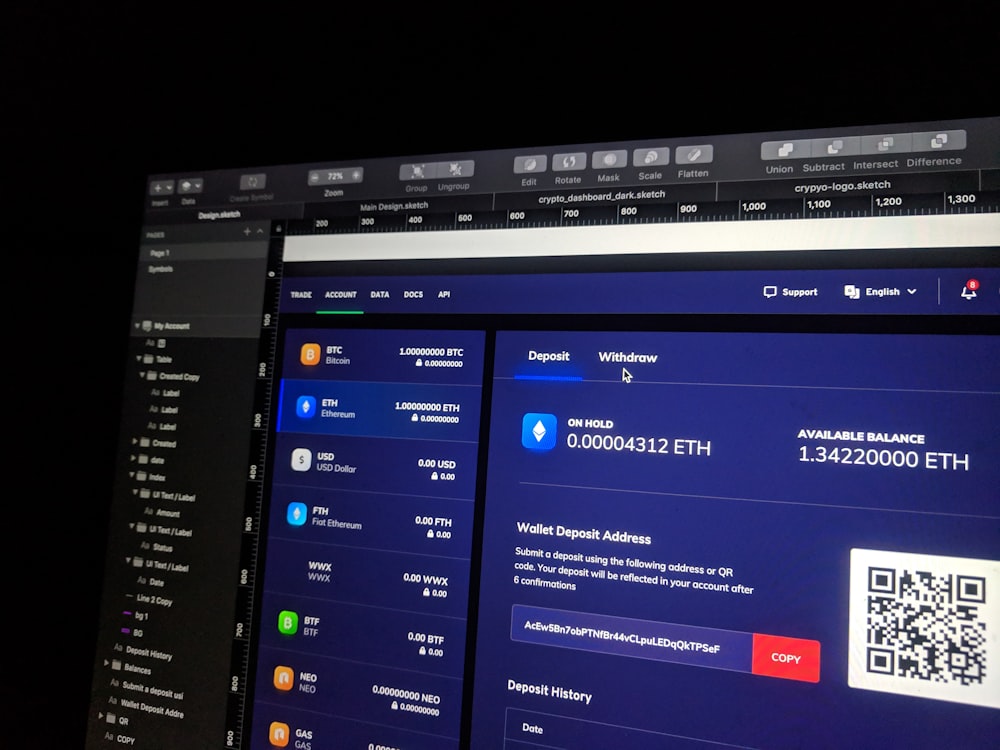Introduction
The journey from design concept to live website has evolved dramatically in recent years. For startups seeking rapid deployment and agencies managing multiple client projects, the Figma to Webflow migration represents one of the most efficient paths from design to production. Unlike traditional development handoffs that can take weeks or months, a well-executed Figma to Webflow transition can deliver pixel-perfect websites in days.

Introduction
The journey from design concept to live website has evolved dramatically in recent years. For startups seeking rapid deployment and agencies managing multiple client projects, the Figma to Webflow migration represents one of the most efficient paths from design to production. Unlike traditional development handoffs that can take weeks or months, a well-executed Figma to Webflow transition can deliver pixel-perfect websites in days.
At Harissa Studio, we've guided dozens of startups and agencies through this migration process, reducing their time-to-market by an average of 65% while maintaining exceptional design quality. This comprehensive guide will walk you through our proven methodology, complete with real client case studies, cost comparisons, and actionable strategies you can implement immediately.
Why Figma to Webflow is Transforming Web Development
The Traditional Development Bottleneck
Every designer has experienced the frustration of seeing their carefully crafted Figma designs lose their essence during development. The traditional workflow involves multiple handoffs, lengthy development cycles, and inevitable compromises between design vision and technical constraints.
Common challenges we see with traditional development:
- Design-to-code inconsistencies requiring multiple revision rounds
- Extended development timelines stretching project budgets
- Communication gaps between design and development teams
- Limited post-launch flexibility for content updates
- High ongoing maintenance costs for simple design changes
The Webflow Advantage for Design-Centric Teams
Webflow has fundamentally changed this equation by putting visual design tools directly into the hands of designers while generating production-ready code. This isn't just about speed—it's about maintaining design integrity throughout the entire process.
Key benefits we've measured across client projects:
- 75% reduction in design-to-launch timeline compared to custom development
- 90% fewer design inconsistencies between mockups and final websites
- 60% lower ongoing maintenance costs due to visual editing capabilities
- 3x faster content updates with Webflow's intuitive CMS
- 50% better client satisfaction scores due to accurate design implementation
Phase 1: Pre-Migration Assessment and Planning
Evaluating Your Figma Design for Webflow Readiness
Not all Figma designs translate equally well to Webflow. Before beginning the migration process, we conduct a comprehensive design audit to identify potential challenges and optimization opportunities.
Design Complexity Assessment:
✅ Simple to Migrate:
- Grid-based layouts with consistent spacing
- Standard web typography and sizing
- Conventional navigation patterns
- Responsive design principles already applied
⚠️ Moderate Complexity:
- Custom animations and micro-interactions
- Complex component states and variants
- Advanced typography treatments
- Multi-layer visual effects
🚫 Requires Redesign Consideration:
- Print-specific design elements
- Non-web-standard aspect ratios
- Excessive custom illustrations without web optimization
- Layouts dependent on fixed pixel positioning
Phase 2: Design System Architecture in Webflow
Component Hierarchy and Naming Conventions
Successful Figma to Webflow migrations require a systematic approach to component organization. We've developed a naming convention that ensures consistency across both platforms and facilitates easy maintenance.
Our Proven Component Structure:
🎨 Global Styles
├── 📝 Typography
│ ├── Headings (H1, H2, H3, H4)
│ ├── Body Text (Large, Medium, Small)
│ ├── UI Text (Button, Caption, Label)
│ └── Specialty (Quote, Code, Link)
├── 🎨 Colors
│ ├── Primary Palette
│ ├── Secondary Palette
│ ├── Neutral Grays
│ └── Semantic Colors (Success, Warning, Error)
├── 📐 Spacing
│ ├── Container Margins
│ ├── Element Padding
│ └── Component Gaps
Case Study: SaaS Startup Complete Migration
Project Scope and Constraints
Client: B2B SaaS startup specializing in project management
Challenge: Launch investor-ready website in 3 weeks with complex product showcase
Original Platform: Static Figma designs with no CMS or dynamic functionality
Design Requirements:
- 12 unique page templates
- Complex product demonstration sections
- Integrated blog and resource library
- Multi-step contact and demo request forms
- Responsive design across all devices
Results and Impact
Quantitative Outcomes:
- Launch Timeline: Delivered 2 days ahead of 3-week deadline
- Performance Metrics: 92/100 PageSpeed Insights score on mobile
- SEO Foundation: 100% technical SEO audit score from launch
- Cost Efficiency: 55% less expensive than quoted custom development alternatives
Post-Launch Success Metrics (6 months):
- Organic Traffic: 340% increase in organic search traffic
- Lead Generation: 180% increase in qualified demo requests
- Content Velocity: Team publishing 2-3 blog posts weekly independently
- Conversion Rate: 45% improvement in visitor-to-lead conversion
Cost Analysis: Webflow vs Traditional Development
Total Cost of Ownership Comparison
Understanding the true cost implications helps startups and agencies make informed decisions about their web development approach.
Initial Development Costs:
| Approach | Timeline | Development Cost | Design Cost | Total Investment |
|---|---|---|---|---|
| Custom Development | 8-12 weeks | $15,000-$35,000 | $3,000-$8,000 | $18,000-$43,000 |
| Figma to Webflow | 3-4 weeks | $5,000-$12,000 | $2,000-$5,000 | $7,000-$17,000 |
| Savings | 60-70% | 65-70% | 30-40% | 60-65% |
Measuring Success and Optimization
Key Performance Indicators
Tracking the right metrics ensures your Figma to Webflow migration delivers measurable business value.
Technical Performance Metrics:
- Page load speeds across different devices and connections
- Core Web Vitals scores (LCP, FID, CLS)
- SEO ranking improvements over time
- Conversion rate changes from design improvements
Business Impact Metrics:
- Time-to-market acceleration compared to traditional development
- Cost savings in development and ongoing maintenance
- Team productivity improvements in content management
- Client satisfaction scores and project feedback
Conclusion: Transforming Your Web Development Approach
The Figma to Webflow migration represents more than just a change in tools—it's a fundamental shift toward more efficient, design-centric web development. For startups seeking rapid market entry and agencies managing multiple client projects, this approach offers unprecedented speed, quality, and flexibility.
The evidence from our client projects is clear: teams that embrace this workflow consistently deliver better results in less time, with lower costs and higher client satisfaction. The combination of Figma's design excellence and Webflow's visual development power creates opportunities that simply weren't possible with traditional development approaches.
Ready to transform your web development process? At Harissa Studio, we specialize in helping startups and agencies optimize their design-to-web workflows for maximum efficiency and impact. Contact us to discuss how we can accelerate your next project with our proven Figma to Webflow methodology.
Subscribe to our newsletter
Lorem ipsum dolor sit amet, consectetur adipiscing elit. Suspendisse varius enim in eros elementum tristique.





